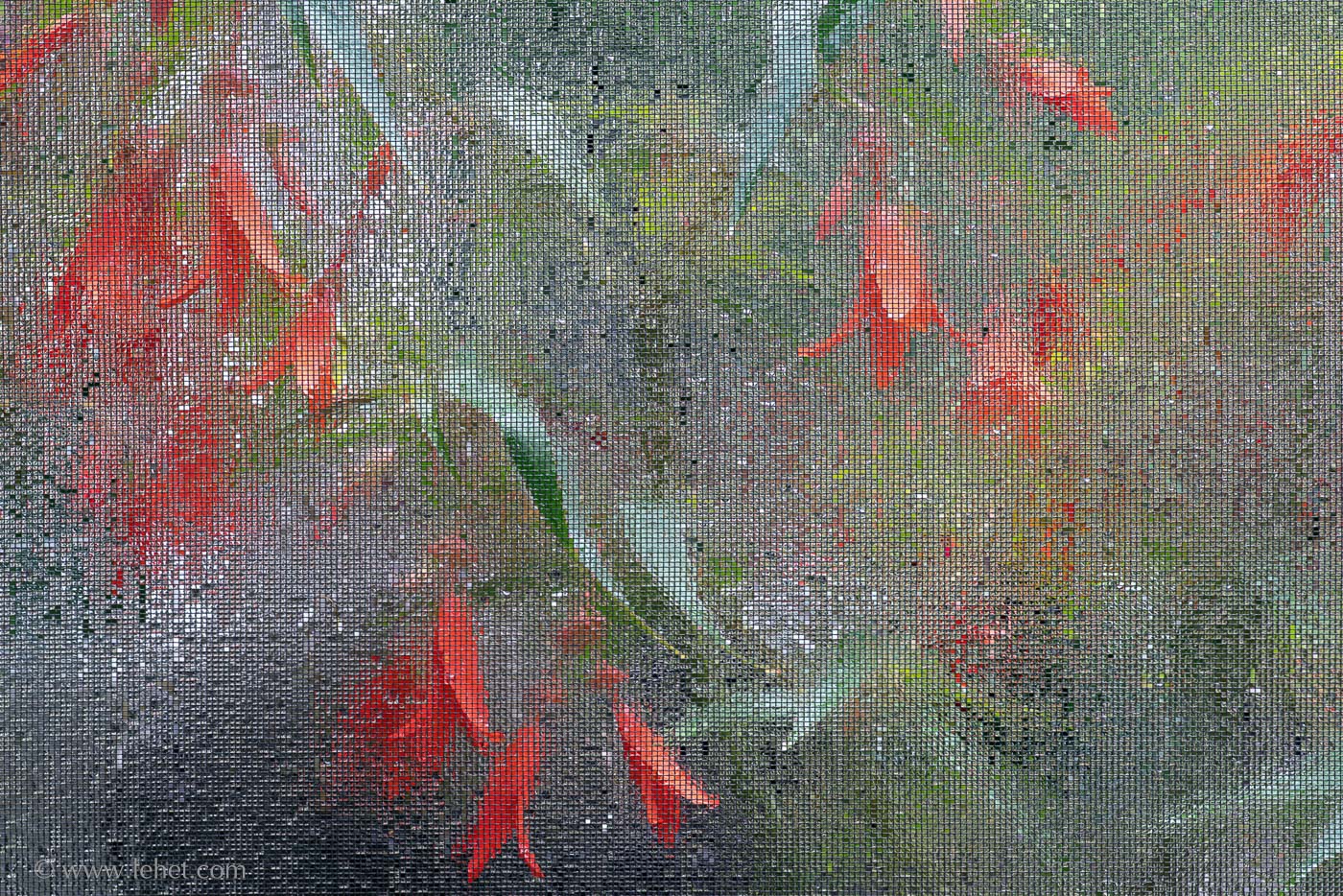
It’s been an odd time, in so many ways. I’ll try to stick to photography instead of wandering off into the psychological and spiritual aspects of dancing with a time of uncertainty and drastic change. Oh, never mind. It’s all cut of the same cloth.
In my photography, as in so many aspects of my life and development, there have been kind of two modes. There’s plodding along, putting one foot in front of the other. Then there are sort of quantum jumps, where it’s a shift, and it’s hard to describe, but there is a big change that colors my work and vision for that period. I have tried to point out some of these as they happened in this blog, but there are a large handful, and they are often hard to describe. It can be really hard to describe, and sometimes hard to know what I’m experiencing or working with myself.
This kind of quantum shift can be triggered by a shift in my gear — a new format, new kind of camera, a new lens with a special character; in the old days a new film or paper or chemistry; these days also new software can shake up how I see.
Some of the biggest periods like this have nothing at all to do with gear. One such period I remember still has a big impact: I spent a lot of time for a period studying “Floating World” (Ukiyo-e) Zen inspired Japanese woodblock prints. They filled my mind. If I closed my eyes I saw them. And it changed the way I viewed the world and used a camera and printed.
The first time I really noticed this I was young, and I guess I was already in the power of this kind of a change-of-vision caused by taking up a 4 x 5 view camera and using big film. But the thing that threw me was a doomed love relationship, short but intense. And the world had a kind of clarity and light in a way I had never noticed seeing. I can remember some of the film exposures I made in that period. I’m not sure any of them were great photographs. The other thing about this is that a strong emotional experience can shift things, but it only counts in photography if you can get it down, make a print that conveys that transformation. Same with the “feeling” of some lens, whether vintage with character like say my Minolta 58/f1.2, or new with sparkling and advanced optics like one of the amazing new lenses coming out of Cosina/Voigtlander. It only counts if the whole chain from vision through exposure through print and frame and exhibit can work out.
Meditation experiences, especially some long retreats or pointing-out by true masters have also shaken my vision into new places at times. This is a more subtle but deep thing.
The impact of the pandemic has been altogether different. Without going through too much life detail, the pandemic knocked me on my butt. It was hard to bear all the suffering that was happening in the world, and that was obviously still going to come. My normal process of photography got stalled in terms of my usual flow ending up in prints that get framed and go to a gallery. Instead, some of the galleries that had the biggest collection of my work closed, and I had to pick up framed work and bring it home. I was obviously not traveling far afield, and in fact I rarely left home, a situation that is even more constrained as I am in limbo, waiting for a vaccine and watching now virus variants expand into the improving but still awful numbers of our sick population.
So what to do? I’ve been buried in my Lightroom catalog, the asset management system for all the digital files — some scans of film, mostly raw sensor data from all the cameras through all the lenses I’ve ever had. Instead of being distracted by every new direction I might have found myself pulled in, I am re-visiting my previous exposures. I’m looking hard at images from the past: what did I see when I tripped the shutter? Why haven’t I printed it yet? How does it work, or could it work? Often the result of this inquiry has been more severe cropping. I’ve always like panoramas, and as I know from my study of Oriental art, these skinny formats, whether vertical or horizontal, can both concentrate the impact of a compositional element, and also create a different play of space against form.
The flow is still interrupted. I’m not printing so much as looking and just touching these images, not pushing them all the way through to the printer. It feels unsatisfying in its lack of focus, clarity, and quick end result. The quantum realm, the space I have wandered into, is immense and without a single defining vision or end result. So many tones, textures, colors, forms, spaces; one kind of composition, vision, feeling — or a completely different one — hundreds and hundreds of times over. We can see why an artist chooses a focused, finite, tight project, a style, a “thing” to constrain all the possibilities.
Yes, I am pulling some work I really like out of this deep pocket; maybe some of it will be my best. But it’s a weird process, in a weird time.















